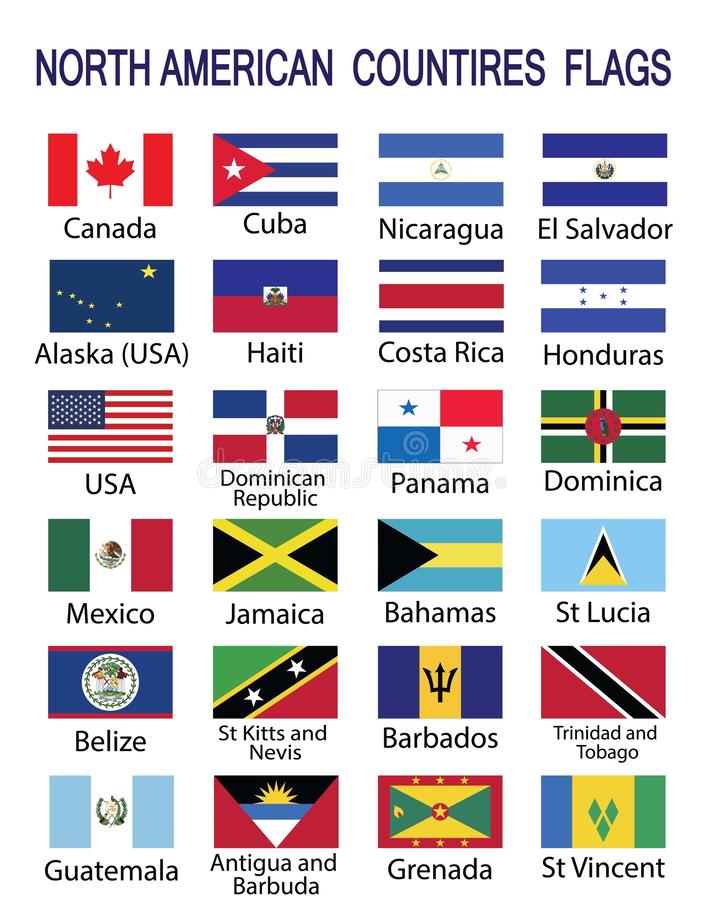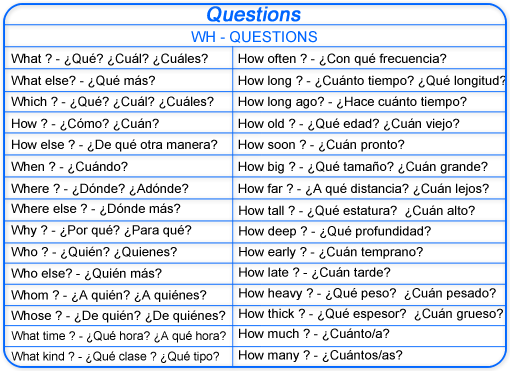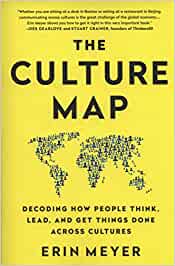Unit 3. Session 1.- Internal business communication.
Situation
 Mr. Johnson sends Eva the following RR Ltd. Memo (or Memorandum) about NewTech Software Issues.
Mr. Johnson sends Eva the following RR Ltd. Memo (or Memorandum) about NewTech Software Issues.
To: All Staff
From: Mr Parker, CEO
Date: November 21, 2021
Subject: NewTech Software Issues
It has come to my attention that many employees are having trouble using our recently acquired NewTech sales management software because it currently creates duplicate client entries. Some of you have stopped using the system altogether. We want this software to help you do your jobs better, not to take up more time. Therefore, it is fine to hold off using it until we resolve the technical issues with NewTech staff.
P.S.: NewTech Software is an IT department outsourced company.
nuevas políticas de la empresa
memorándum
Memorandum corporativo de RR Ltd.
Empresa subcontratada
Acrónimo de Postscript (Posdata)
A memo, or memorandum, is one of the most common forms of business communication.
A memorandum, more commonly known as a memo, is a short message or record used for internal communication in a business. Once the primary form of internal written communication, memorandums have declined in use since the introduction of email and other forms of electronic messaging.
While there are many types of business letter formats, the format of a memo is entirely different to other formats. A salutation and signature are no longer necessary, because the point is to convey needed information or communicate a call to action as quickly and efficiently as possible.
A well-written formal letter is made up of basic parts that you can check in the work unit 2, but the format of a memo is much simpler.
Think about it
Write in the forum:
- What do you think about Mr. Johnson´s memo?
- Do you find it useful?
- Can you think of other interesting ideas to be more efficient to write in this memo?

Materiales formativos de FP Online propiedad del Ministerio de Educación y Formación Profesional.
 So, a memo is a form of internal communication between people from the same office or organization. Memos are commonly used in place of notes or text messages, especially when the message needs a touch of formality. Memos have a
So, a memo is a form of internal communication between people from the same office or organization. Memos are commonly used in place of notes or text messages, especially when the message needs a touch of formality. Memos have a  Eva was talking to her first foreign client, a British lady in her 50s. Mr. Johnson heard how Eva addresses her using excessively familiar expressions. So Mr. Johnson decided to correct her and apologize to the client.
Eva was talking to her first foreign client, a British lady in her 50s. Mr. Johnson heard how Eva addresses her using excessively familiar expressions. So Mr. Johnson decided to correct her and apologize to the client.



 Look at the following questions. Do you remember what the word order in questions is? What is different about question 3? Where is do or does in question 3?
Look at the following questions. Do you remember what the word order in questions is? What is different about question 3? Where is do or does in question 3?
 These are common mistakes made when using the Present Perfect or Simple Past:
These are common mistakes made when using the Present Perfect or Simple Past:








